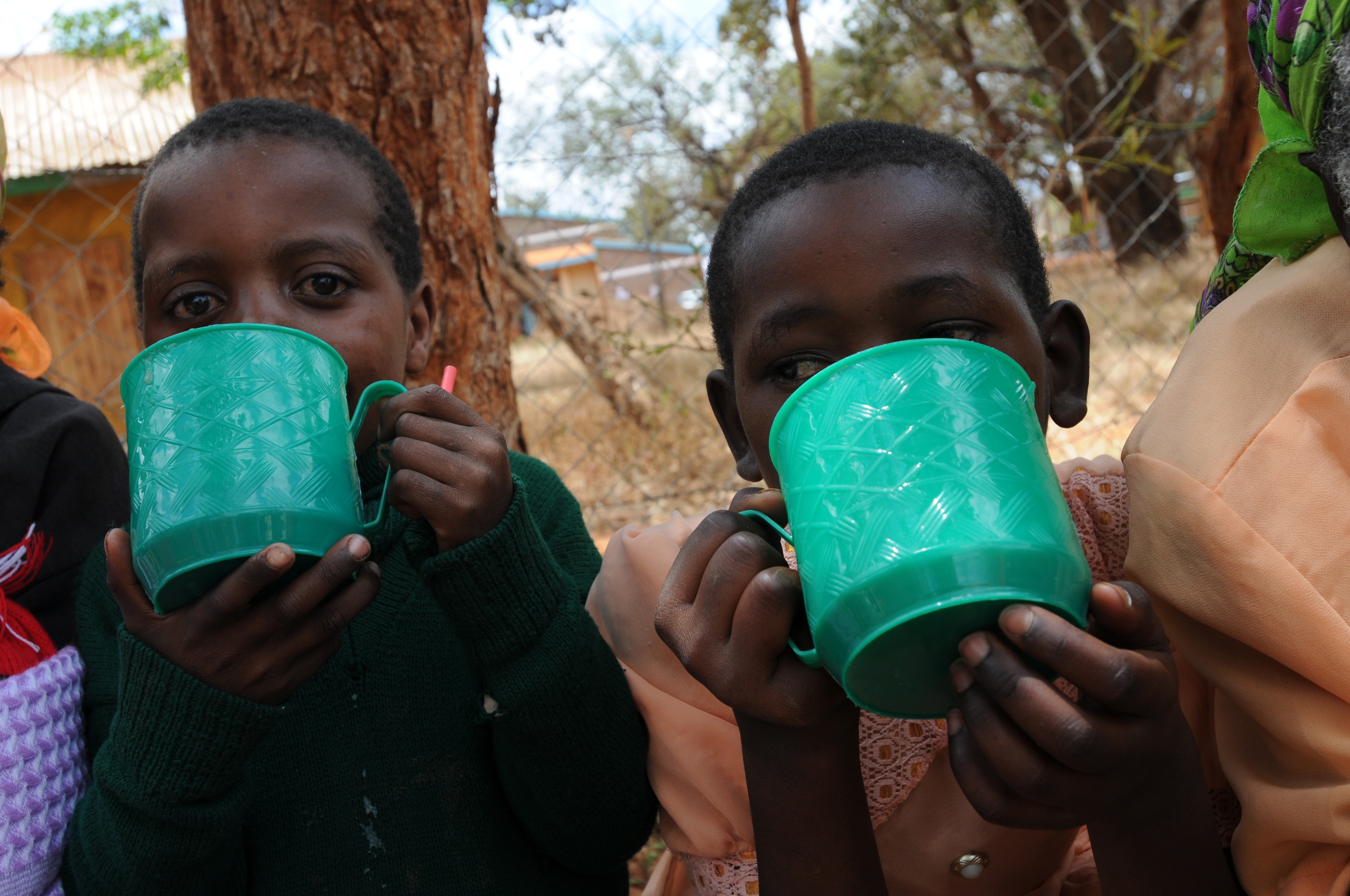Around the world, more than 400 million children are living in extreme poverty. Subsisting on less than U.S. $1.25 a day, these children are often plagued by malnutrition and illness. In countries hit hardest by the HIV/AIDS epidemic, that combination can be fatal.
HIV has often been referred to as the “wasting disease,” because, if left untreated, the virus wreaks havoc on the immune system, leaving the person emaciated and making exposure to even the most common infections deadly. Similarly, prolonged hunger and malnutrition deprive the body of essential nutrients that support the immune system, making it that much more difficult for the body to properly defend itself against infections.
When given the choice between being able to afford food or antiretroviral medications (ARVs), many choose to have food in their stomach. Nutritionists at the World Food Programme (WFP) have dubbed this cycle the “HIV- Hunger Trap.”
But it is possible to break the cycle. In Lesotho, many children suffer the dual challenge of living with HIV and coping with hunger. Recognizing this, the Elizabeth Glaser Pediatric AIDS Foundation (EGPAF) integrates nutrition programs into all maternal, neonatal, and child health services in EGPAF-supported hospitals and health centers.
These “Nutrition Corners” are designed to improve the growth, development, and overall health of HIV-positive and HIV-exposed children.
Undernourished children do not receive enough food to lead healthy and active lives, if this condition progresses it can lead to malnutrition, a physical state that makes it difficult for the body to resist disease.
Mothers and caregivers enrolled in Nutrition Corners can attend cooking demonstrations to learn about healthy eating and food preparation using locally available fare, such as sorghum porridge, beans, peas, vegetables, and fruits. Nutrition Corners also help EGPAF identify HIV-exposed children who are still breastfeeding and HIV-positive children who are younger than 2, so they can receive optimal support for HIV prevention, care, and treatment.
Monthly growth monitoring sessions identify undernourished children with low weight-for-age and weight-for-height. Mothers, caregivers, and children with unknown HIV statuses receive HIV counseling and testing services.
Caregivers and parents whose children do not nutritionally improve in three consecutive visits are given one-on-one counseling—while the parents and caregivers who have seen improvements are invited to talk to the entire group about their positive experiences.
The Nutrition Corners are part of the larger effort by EGPAF and the Partnership for HIV-Free Survival (PHFS) program to reduce malnutrition in Lesotho, especially among HIV-positive women and HIV-positive children. PHFS is funded by the U.S. Agency for International Development (USAID) and the U.S. President’s Emergency Plan for AIDS Relief (PEPFAR).
We will not be able to see the end of pediatric HIV/AIDS without strong and sustainable health systems. Integrating nutrition programs into maternal, neonatal, and child health services brings us one step closer to ensuring a viable and efficient health system that not only eliminates pediatric AIDS, but also improves the overall health of women, children, and their families.
Visit the Lesotho Country Page for more information about EGPAF’s Nutrition Corners.




